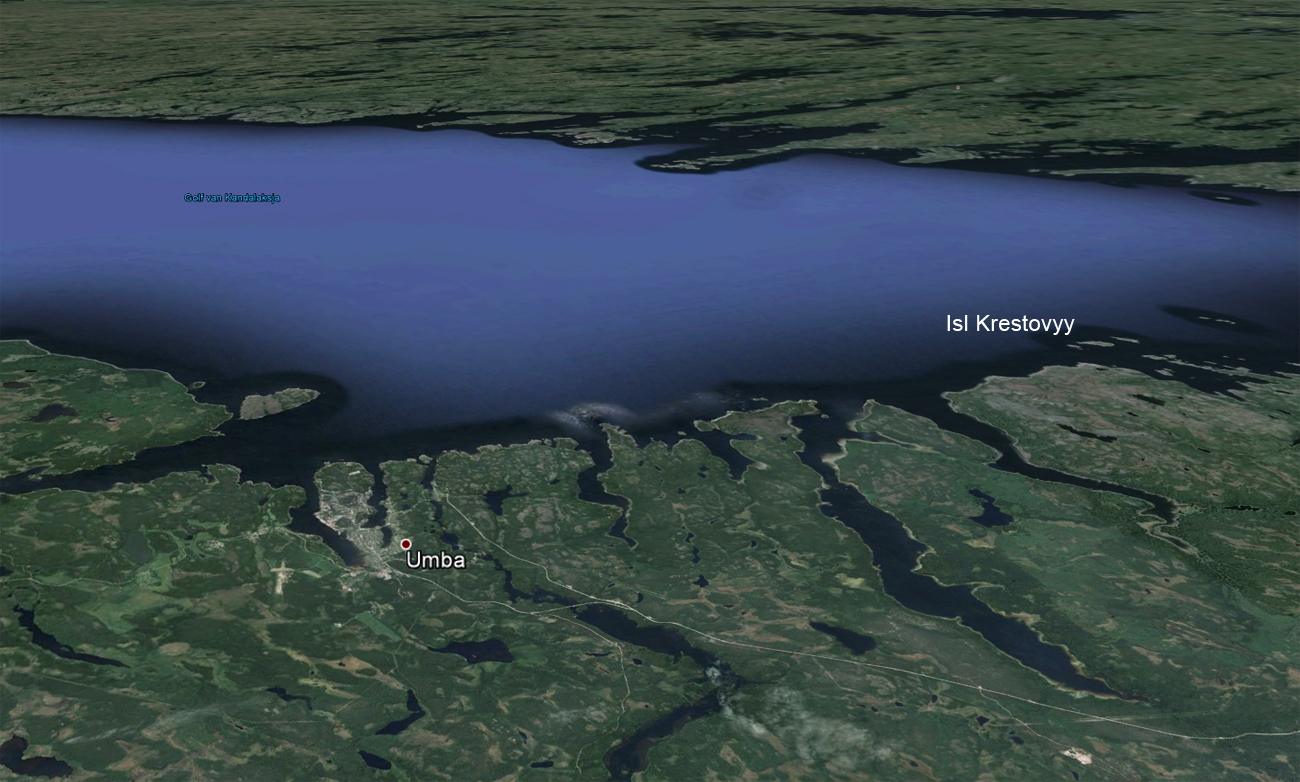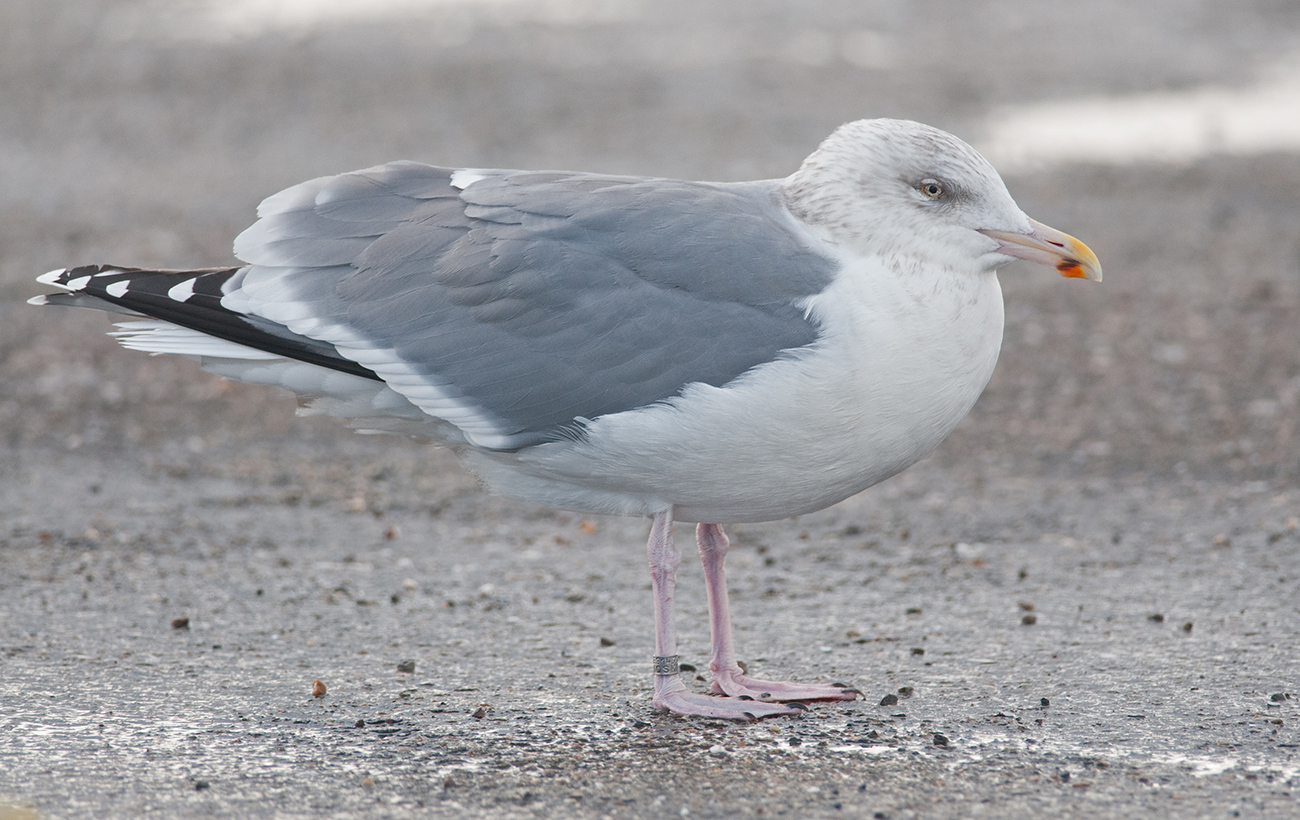 Herring Gull (argentatus & argenteus)
Herring Gull (argentatus & argenteus)
(last update: February 11, 2013)
Herring Gull (argentatus) RUM ES14360 4CY-7CY, July 2015 - January 2018, Brouwersdam, the Netherlands. Picture: Maarten Sluijter, Ted van der Knaap, Merijn Loeve, Martijn Bot & Mars Muusse.
below: Umba town, about 20 KM east of the breeding island Krestovyy where RUM ES14360 hatched. Picture: Mikhail Aplesnin.

Below: looking south over Umba and the Gulf of Kandalaksha. This gulf is a nature reserve where bulk of the ringed Herring Gulls and Great Black-backed Gulls, which we record in Western Europe, breed and hatch. Ringing activities are concentrated on the many small breeding islands scattered along the coastline.

DATA FOR RUM ES14360:
=========================================================================
RING NUMBER Moskwa ES-14 360
SPECIES Larus argentatus AGE pull
RINGING DATE 20.06.2012
PROVINCE Russia, Murmansk O. RINGING PLACE Kandalakshskiy Nature Reserve, Porya guba, isl. Krestovyy (COORDINATES 66.40 N 33.55 E).
---------------------------------------------------------------------
FINDING DATE 28.07.2015
PROVINCE Netherlands, Zeeland FINDING PLACE Brouwersdam COORDINATES 51.45 N 3.50 E
FINDING Larus argentatus, 4 y
DETAILS sight record
COMMENT
-----------------------------------------------------------------------
DISTANCE 2350 km DIRECTION 226 degrees ELAPSED TIME 1133 days
_______________________________________________________________________
Previous records:
13,17.02.2015 Netherlands, Zeeland, Brouwersdam 51.45 N 3.50 E
-------------------------------------------------------------------------
below: Herring Gull (argentatus) RUM ES14360 4CY, July 28 2015, Brouwersdam, the Netherlands.
Spending the summer and moult period as sub-adult in the Netherlands.
Adult-like flight feathers with some immature markings. Obviously darker on upperparts than local argenteus. Complete moult: P1-P6 new 4th gen, P9-P10 old 3rd gen. Old 3rd gen secondaries with bold white tips. Speckled iris.


below: Herring Gull (argentatus) RUM ES14360 4CY, September 02 2015, Brouwersdam, the Netherlands. Picture: Ted van der Knaap.
P8 fully grown, no old primaries left.
below: Herring Gull (argentatus) RUM ES14360 4CY, December 23 2015, Brouwersdam, the Netherlands. Picture: Martijn Bot.
Full band on P5.


below: Herring Gull (argentatus) RUM ES14360 5CY, December 11 2016, Brouwersdam, the Netherlands. Picture: Merijn Loeve.
Broken band on P5.





below: Herring Gull (argentatus) RUM ES14360 7CY, January 16 2018, Brouwersdam, the Netherlands. Picture: Maarten Sluijter.
